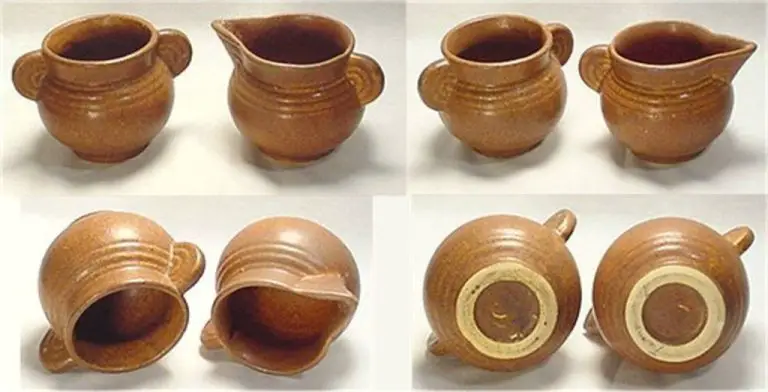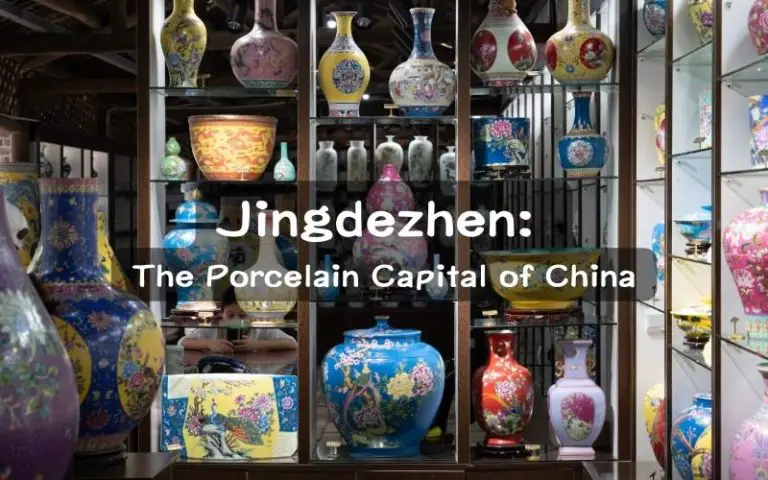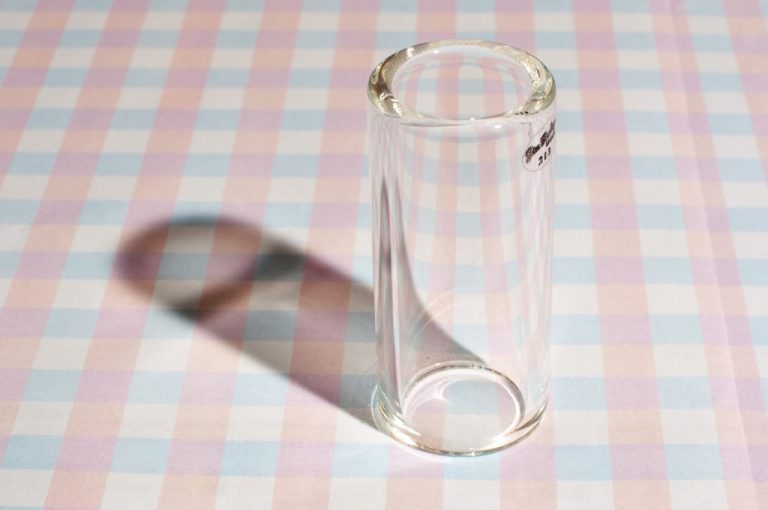Can Polymer Clay Be Used For Ashtray?
Polymer clay is a man-made material composed of polymers, resins, fillers, and pigments that can be molded when soft and maintains its shape when hardened through heating in an oven. It is an incredibly versatile, lightweight, and affordable sculpting medium used by crafters and artists worldwide.
Polymer clay first became popular in the 1930s for making jewelry and figurines. Today it remains a staple material for arts and crafts, prized for its bright colors, ability to mimic the look of gemstones and metals, and ease of sculpting complex forms. From jewelry to plant pots, wall art to dollhouse miniatures, polymer clay enables artists to bring their imaginations to life.
Can Polymer Clay Be Used for Ashtrays?
Polymer clay is a versatile material that can be molded and shaped into a variety of decorative objects. Ashtrays made from polymer clay have become a popular DIY craft project. There are several benefits as well as some drawbacks to consider when using polymer clay to create ashtrays.
A major advantage of polymer clay is that it can be molded into nearly any shape and design imaginable. The material holds fine details well, allowing crafters to imprint textures, cut shapes, or add other embellishments. Polymer clay ashtrays can be made in vivid colors or painted with acrylics after baking. The finished pieces are lightweight yet durable.
However, there are a few limitations with polymer clay that makers should keep in mind. First, the material can be prone to scorching or browning when exposed to a direct flame. Second, polymer clay will degrade over time with repeated exposure to heat. Ashtrays crafted from polymer clay need to be used with some care to prevent burning or deterioration of the material. Properly curing the clay according to package directions can help maximize heat resistance.
With the right precautions, polymer clay can be an excellent choice for fashioning decorative, customized ashtrays. The versatility and ability to add creative touches make it a popular material among crafters. Just be mindful of the potential for damage when exposing polymer clay to a continuous open flame.
Choosing the Right Polymer Clay
When selecting the type of polymer clay to use for an ashtray, there are a few key factors to consider:
Heat Resistance
Ashtrays can get very hot from the lit cigarettes/cigars placed in them, so it’s important to choose a polymer clay that can withstand high temperatures without melting or scorching. Polymer clays like Sculpey III, Premo!, and Fimo Professional are all good options.
Strength and Durability
The polymer clay needs to be strong enough to support the weight of cigarettes without cracking or chipping. Sculpey III, Premo!, and Fimo Professional are again good choices here.
Texture
Consider whether you want a smooth finish or a clay with some texture to help extinguish cigars. Sculpey III has a slightly grittier texture that could work well.
Workability
Some clays like Super Sculpey Firm are quite stiff and can be hard to mold intricately. Go for clays like Original Sculpey or Premo! if you want to add fine details.
Test out a few polymer clay types to determine which works best for your specific ashtray design and needs.
Best Practices for Molding
Molding polymer clay into an ashtray shape takes some finesse, but with a few tips you can achieve beautiful results. Start with a smooth, flat base of clay about 1/4-inch thick and 4 to 5 inches wide – this will be the bottom of your ashtray. Roll out “snakes” of clay for the sides, making them 1/2-inch thick. Gently press the snakes together around the base to create your walls, smoothing over any cracks or seams with your fingers. For stability, make the walls at least 1/2 to 3/4 inches tall.
Create grooves or ridges in the walls for decorative effect using clay sculpting tools. For a rounded shape, use a rolling pin over the walls to soften the corners. To mold the clay into a curved ashtray, drape it over a rounded object like a bowl or vase while soft. Let the clay firm up slightly before removing the mold so it holds its shape. Refine details like the edges and rim with small clay modeling tools. Work slowly and gently to prevent tearing or cracking the clay.
Baking Instructions
Proper baking is crucial to ensuring your polymer clay ashtray maintains its shape and does not deform. Follow these instructions closely:
– Pre-heat your oven to the temperature specified on your polymer clay package, usually 275°F. Do not exceed this temperature.
– Bake your ashtray according to the polymer clay thickness chart. Thinner pieces may need 15-20 minutes while thicker pieces need 30-45 minutes. Underbaking can lead to stickiness while overbaking makes the clay brittle.
– Bake on a level, flat surface like a cookie sheet or ceramic tile. Avoid direct contact with the oven rack which can lead to scorching.
– Bake with the oven door slightly propped open to allow moisture to escape and prevent cracking. An oven thermometer can help maintain an accurate temperature.
– Allow the ashtray to cool completely before handling. Cooling too quickly, like in the freezer, risks cracking.
– Check for doneness by looking for translucency and hardness throughout the clay. Give thick areas more time if the center still looks glossy.
– Repeat baking if the ashtray remains tacky, distorts, or lacks strength. Additional baking helps fully cure the polymer clay.
Adding Decorations
Polymer clay ashtrays are a fun canvas for creative decorations and embellishments. You can add color, texture, and visual interest through various techniques like painting, glazing, inlay, and more. Here are some ideas for decorating your polymer clay ashtray:
Painting
Acrylic paints work great on polymer clay and allow you to add color and designs. Paint details like flowers, geometric patterns, landscapes, animals, or abstract art onto your ashtray. Use a paintbrush or toothpick for fine details. Let the paint fully dry before applying a sealant.
Glazing
Liquid polymer glazes come in gloss, satin, and matte finishes to give your ashtray a smooth lacquered look. Brush on 1-2 coats, allowing drying time in between. Glazes help protect the clay surface and enhance painted designs.
Inlay Techniques
Inlay involves setting pieces of colored clay into the base clay to form patterns and designs. Roll out contrasting colors of clay very thin and cut into strips or shapes with a blade or cookie cutter. Press the inlay pieces gently into the base clay before baking.
Other inlay options include bits of dried pasta, beads, seeds, stones, or crushed eggshells. The sky’s the limit for creative inlaid adornments!
Sealing and Protecting
After baking your polymer clay ashtray, it’s important to apply a sealant to protect the clay from heat damage and staining. Without a protective sealant, the clay can become discolored or cracked over time from cigarette smoke and ashes. A sealant creates a protective barrier against heat, moisture, and oils.
The best sealants to use for polymer clay ashtrays are:
- Polyurethane (water-based is best). Apply 2-3 thin coats.
- Epoxy resin. Make sure to use a food-safe formula meant for clay.
- Mod Podge. Use the dishwasher-safe outdoor formula.
Avoid using varnishes not meant for high heat, as they can yellow or get sticky. Sealants like polyurethane and epoxy resin are durable, non-toxic, and provide the best protection.
Seal the entire ashtray, inside and out, letting each coat fully dry first. This ensures ashes, moisture and heat don’t penetrate the clay. With proper sealing, your polymer clay ashtray will stay looking great for years.
Safety Tips
When using polymer clay to make ashtrays or other items, it’s important to keep safety in mind. Here are some tips:
Choose a polymer clay that is labeled non-toxic or free of harmful chemicals. Some clays contain ingredients like PVC or plasticizers that can release fumes when heated. Opt for an air-dry or oven-bake clay made from safer materials.
Avoid overheating the clay, which can produce toxic smoke. Carefully follow the baking instructions, checking frequently near the end. Typically you’ll bake at 130°C or less. If you notice dark smoke or a strong odor, turn down the temperature.
Work in a well-ventilated area and open windows if needed. Turn on exhaust fans over the stove or oven.
Don’t bake the clay on extremely high temperatures meant for ceramics. Polymer clay requires much lower baking temps than pottery clay.
Let the clay cool fully before handling. The items will retain heat for awhile after baking.
Consider wearing a dust mask when sanding baked clay, as the dust particles can irritate lungs.
Store unused clay properly sealed in an airtight container to prevent drying out.
Avoid contact between polymer clay and food/drink. Do not use polymer clay ashtrays for edibles.
Hand wash cured clay pieces with soap and water. Avoid soaking in liquid which can degrade the material over time.
Maintenance
Cleaning and Care
To clean a polymer clay ashtray, use a soft cloth to gently wipe away any ashes or residue. Avoid using any harsh chemicals or cleaners, as these can break down the clay over time. Simply wiping with a dry cloth is often sufficient to remove surface dust and debris. For more stubborn stains or residue, use a slightly damp cloth and mild soap and water solution. Make sure to rinse and dry completely after cleaning.
To care for your polymer clay ashtray long-term, avoid placing it in direct sunlight for extended periods of time. UV rays can cause discoloration or brittleness over time. Store in a cool, dry place when not in use. Avoid excessive heat as well, as polymer clay can become malformed if exposed to high temperatures. With proper care and cleaning, a polymer clay ashtray can provide years of use while maintaining its original shape and decoration. Just be gentle while cleaning and avoid harsh chemicals that could degrade the clay.
Comparable Alternatives
While polymer clay can be used to create unique ashtrays, there are other materials that also work well:
Ceramic: Glazed ceramic ashtrays are a classic and durable option. Ceramic ashtrays can withstand heat and are easy to clean. Decorative ceramic ashtrays come in many styles and colors.
Glass: Glass ashtrays let smokers easily see accumulated ash and debris. Tempered glass is very durable. Glass ashtrays often have deep bowls to prevent tipping. Custom etched glass ashtrays can make for personalized gifts.
Stone: Ashtrays made of natural stone like marble, granite or soapstone have a stylish, high-end look. The hardness of stone makes these ashtrays very durable and heat-resistant.
Metal: Stainless steel, anodized aluminum, and other metals make lightweight, affordable ashtray options. Metal conducts heat well and stands up to frequent use and cleaning.
While polymer clay can be handcrafted into unique ashtray designs, the materials above may be better choices if you need a heavy, durable ashtray that can withstand high heat. Consider your usage and design needs when choosing the right material for an ashtray.



